FINDING THE
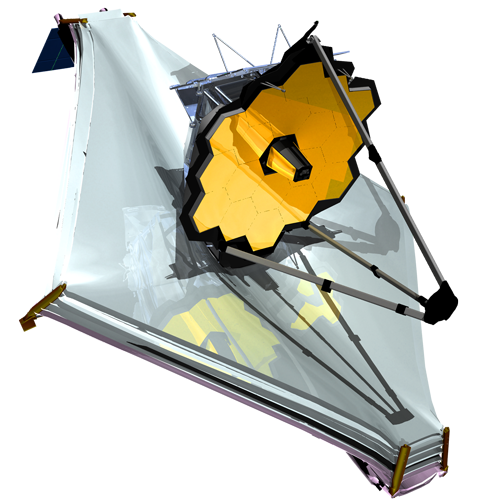
BIG BANG
How the new Webb telescope could reveal the origins of the universe
FINDING THE BIG BANG

How the new Webb telescope could reveal the origins of the universe
Updated
When the James Webb Space Telescope launches on Dec. 25, it will begin a multiyear mission to help humankind catch a glimpse of the origins of the universe.
The telescope, equipped with the most sophisticated array of stargazing equipment ever assembled, will be able to peer into the farthest reaches of space, some 13.8 billion light-years away. The data it collects will allow earthbound scientists to better understand the formation of stars and galaxies just after the big bang.
“When the lights turned on in the universe, that’s what Webb is trying to see,” said Paul Geithner, a NASA project manager who worked on the telescope.
Webb is designed to capture more distant light than any of its predecessors, aiming to examine the first stars in the universe.
Telescopes’ range of sight
Older objects
Modern universe
First galaxies formed
First stars
Particles formed
Big bang
13.8 billion years
after big bang
1 billion years
100 million
years
100 seconds
Hubble (1990-present)
Spitzer (2003-2020)
Herschel (2009-2013)
Webb
Telescopes’ range of sight
Older
objects
Modern
universe
Spitzer
(2003
-2020)
13.8 billion
years after
big bang
Herschel
(2009
-2013)
First
galaxies
formed
1 billion
years
Hubble
(1990
-present)
First
stars
Webb
100 million
years
Particles
formed
100 seconds
Big
bang
But the region of space scientists are trying to observe is so far away that only faint traces of light and heat are detectable from Earth.
To overcome this, the $10-billion telescope needs to be able to see through various interstellar objects that would otherwise obstruct its view. Here’s how it works.
Seeing through space and time
The key to Webb’s deep-space vision is its ability to sense infrared light.
As the universe expands, the light waves from the earliest stars and galaxies stretch out. By the time those waves reach us, they’re too long to be seen as visible light. Instead, they appear as infrared — a form of invisible energy we can detect only as heat.
Infrared waves readily pass through clouds made of gas and dust. By taking in infrared light, the telescope can essentially see through objects that would otherwise block its view, much the way X-rays are used to create images of the structures inside a human body.
Past telescopes have been able to capture infrared light, but only in a more limited range of wavelengths. Webb will fill a large gap by detecting light waves from the earliest stars and galaxies in the universe.
Webb will see what other telescopes could not
Longer wavelength
UV
Visible
Infrared
Microwave
Hubble
Webb
Spitzer
Herschel
Gap in infrared
coverage
Webb will see what other
telescopes could not
UV
Hubble
Longer
wavelength
Webb
Visible
Gap in
infrared
coverage
Spitzer
Infrared
Herschel
Microwave
Orbiting a million miles away
The heat of the sun can easily interfere with the Webb’s sensitive infrared detectors. That’s why it’s equipped with a shield to reflect the heat.
The Webb must also be positioned at a “Goldilocks” location for telescopes, almost 1 million miles from Earth — a spot that, gravitationally speaking, is not too far and not too close.
L2 is one of five points where the gravitational pull of the sun and Earth is balanced enough to allow a small object — such as a satellite — to remain in a fixed orbit.
“It’s easy to get there and easy to orbit there,” Geithner said. L2 “orbits along with the Earth, so ... we’ll have access to any point in the sky.”
A super-size mirror
Thanks to Webb, scientists will be able to produce images at a higher resolution than was possible with any other infrared telescope before it. The key is Webb’s large mirror, whose 18 hexagonal pieces will help it absorb as much infrared light as possible.
Because infrared light has a wavelength 10 times as wide as visible light, the Webb needed a significantly larger mirror than the Hubble. The result was a gold-plated mirror that is 2.7 times larger than its predecessor.
Telescope mirrors by diameter
4.3 ft
Spitzer
3 ft
Hubble
7.9 ft
Herschel
11.5 ft
Webb
21.3 ft
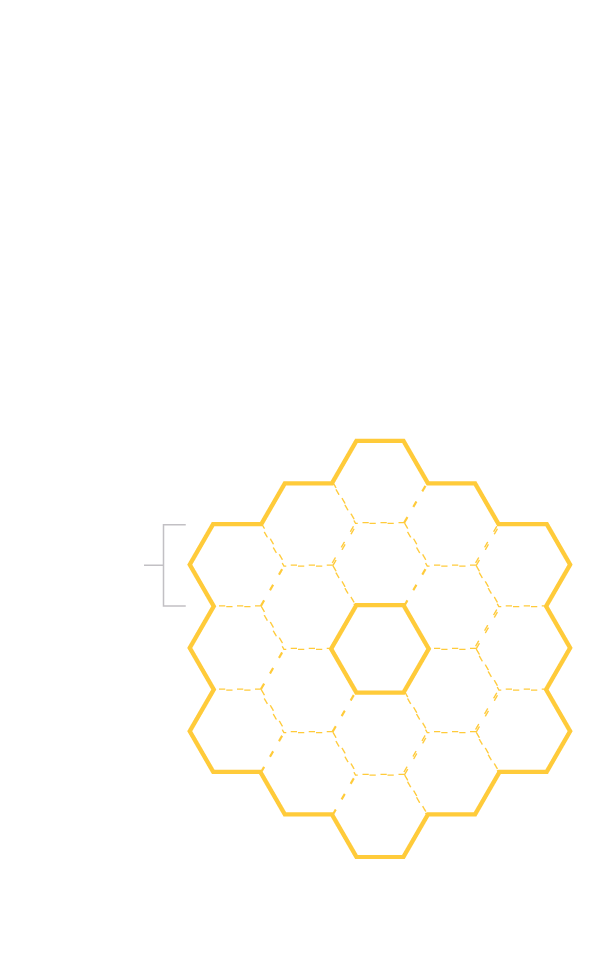
Telescope mirrors by diameter
Spitzer
3 ft
Hubble
7.9 ft
Herschel
11.5 ft
4.3 ft
Webb
21.3 ft
Though older telescopes such as Herschel and Spitzer have used infrared sensors, they weren’t able to deliver the same quality of images with their smaller mirrors.
Folding it up for launch
The Webb’s massive mirror and delicate sun shield means its six-month journey to L2 will be a complex operation.
Once launched, making any physical repairs to the telescope will be impossible. So each step in its deployment must play out perfectly for the mission to succeed.
What happens next?
The observatory is expected to begin sending science data back to Earth about six months after deployment.
The Webb’s initial mission to explore the moments after the big bang will last five to 10 years, though if all goes well it could be extended.
Geithner expects the telescope’s contribution to science — and our curiosity — to be profound.
“Some of [Webb’s] greatest discoveries are likely to be answers to questions that no one has yet asked,” he said.